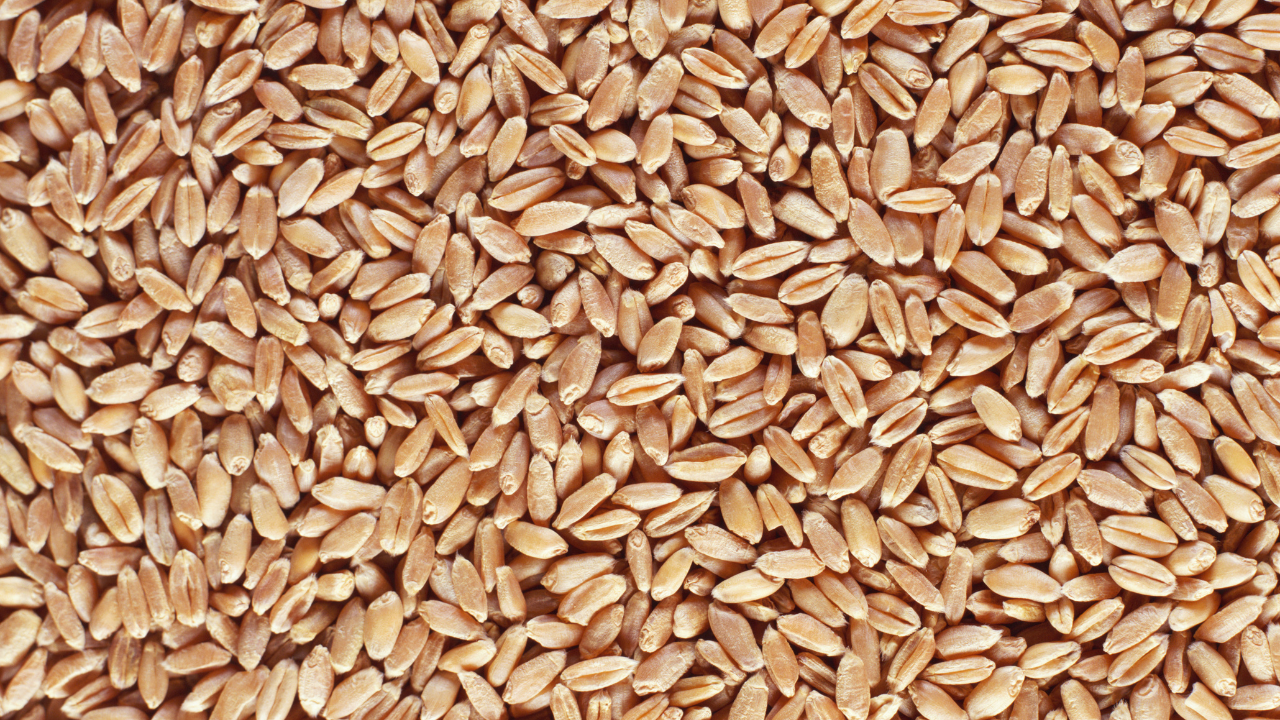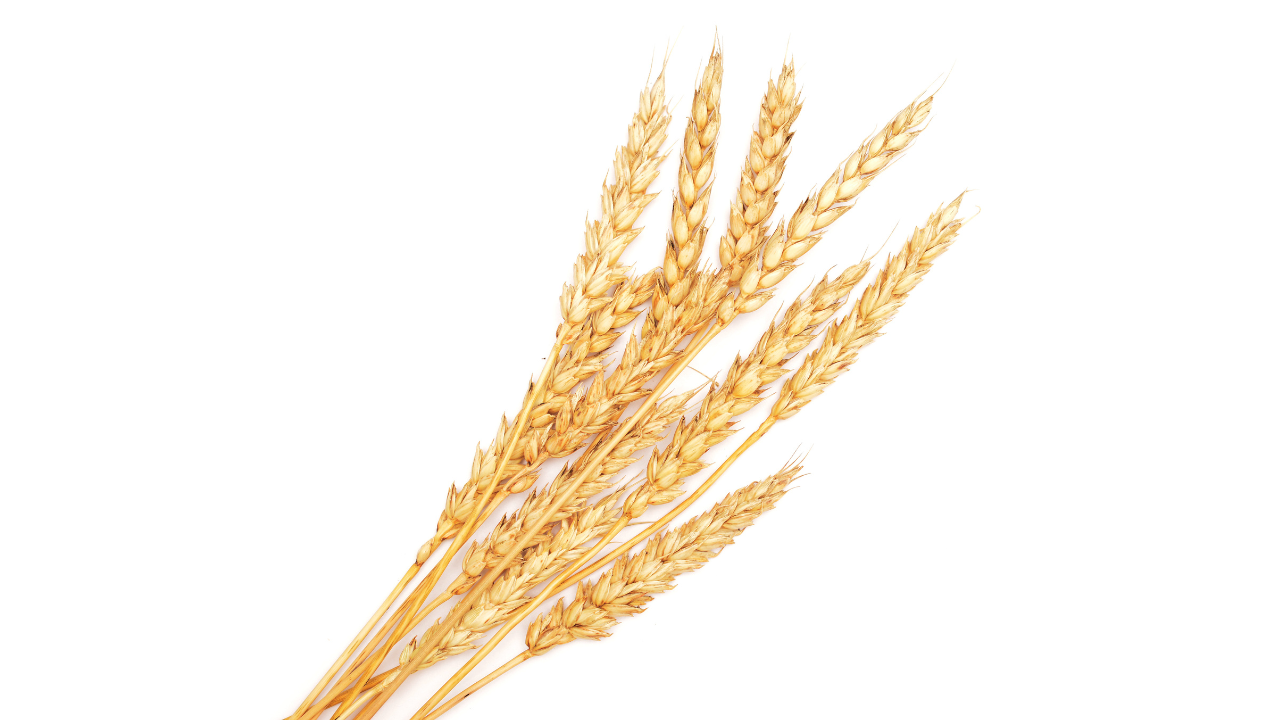Red Hard Wheat Grade I refers to a specific classification of wheat known for its superior quality and characteristics. Grade I wheat is recognized for its deep red color, indicating a higher protein content and strong gluten development, making it desirable for baking purposes.
Red Hard Wheat Grade I exhibits specific standards and specifications related to its physical attributes, including moisture content, protein content, gluten strength, foreign material, and grain size. These specifications ensure consistency and quality in the wheat, allowing it to be used in various applications within the food industry.
The high protein content in Red Hard Wheat Grade I makes it particularly suitable for bread making, as the proteins contribute to gluten formation, giving the dough its elasticity and providing structure to the final baked product. Its strong gluten development leads to excellent volume and texture in bread, producing a desirable crumb and crust.
Apart from its baking applications, Red Hard Wheat Grade I can also be used in the production of other wheat-based products, such as pasta, noodles, and certain types of pastries. Its superior quality and protein content contribute to the overall taste, texture, and nutritional profile of these food items.

Golden Wheat Grade III refers to a specific classification of wheat based on its quality and characteristics. Grade III wheat is recognized for its distinctive golden color, which is attributed to the presence of pigments called carotenoids.
Golden Wheat Grade III typically exhibits certain specifications regarding its physical attributes, such as moisture content, protein content, gluten strength, foreign material, and grain size. These specifications help determine its suitability for various uses, including milling into flour for baking or processing into other wheat-based products.
While Grade III wheat may have slightly lower protein content compared to higher-grade varieties, it still provides a valuable source of dietary fiber, vitamins, and minerals. It can be utilized in the production of different food products, such as bread, pastries, pasta, and cereals, contributing to their texture, flavor, and nutritional profile.
